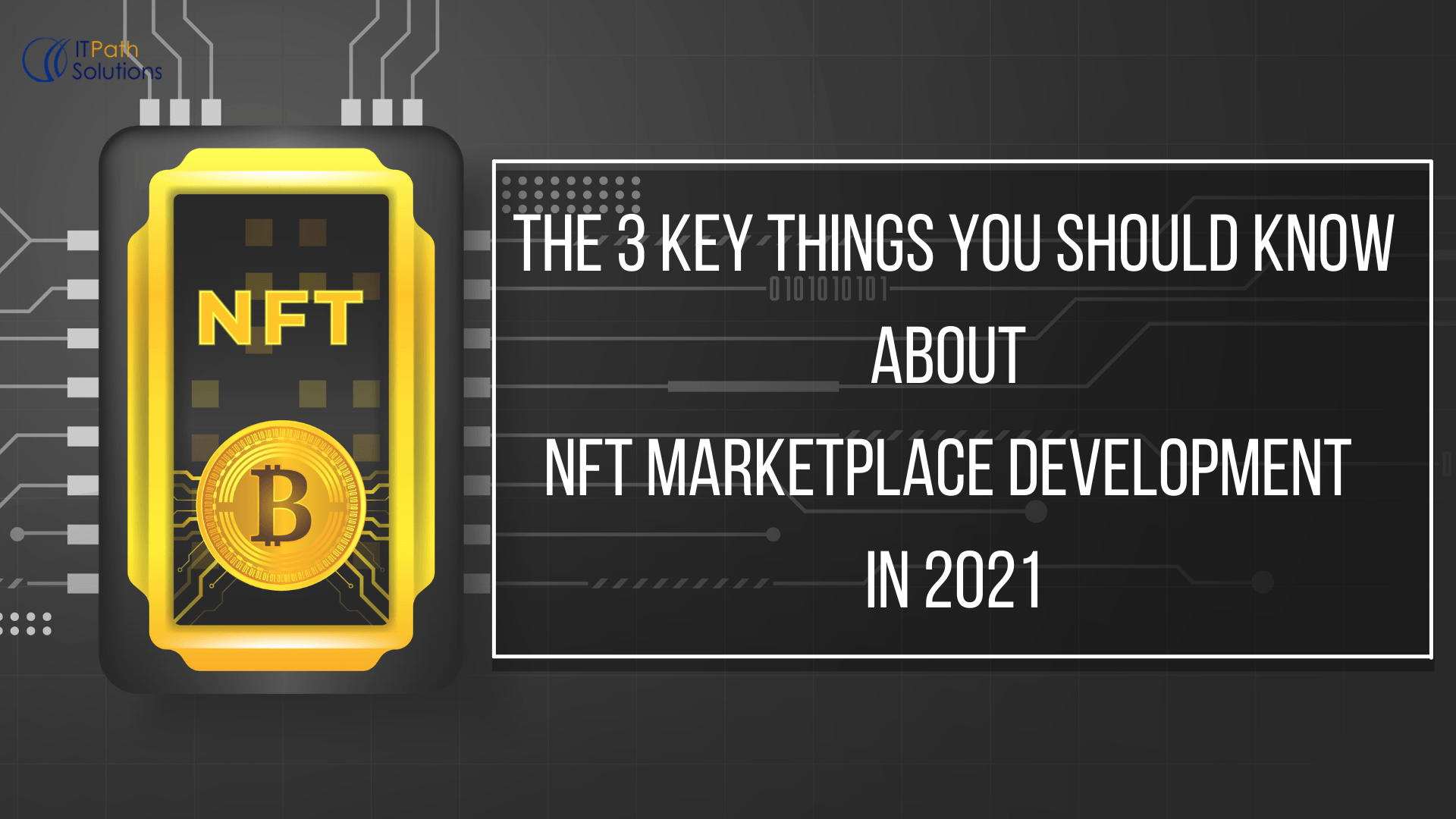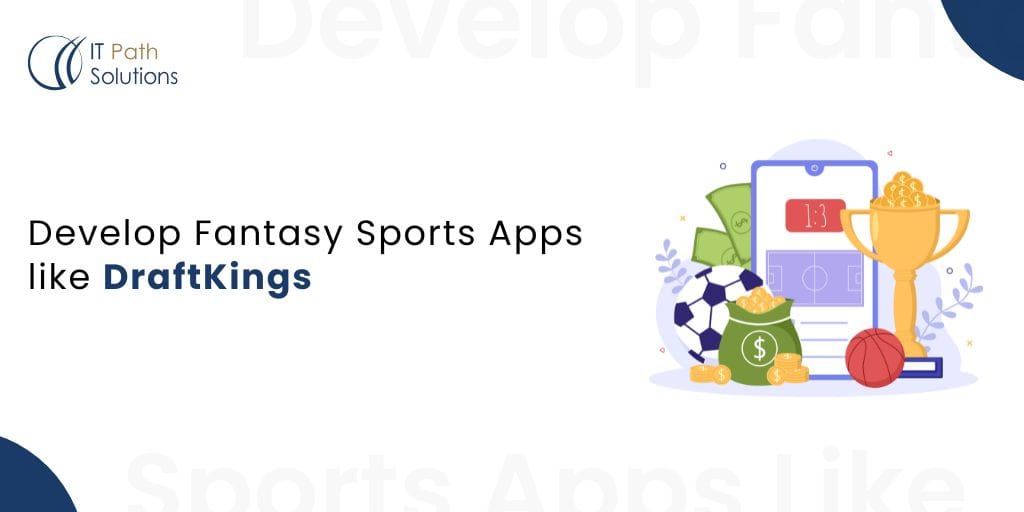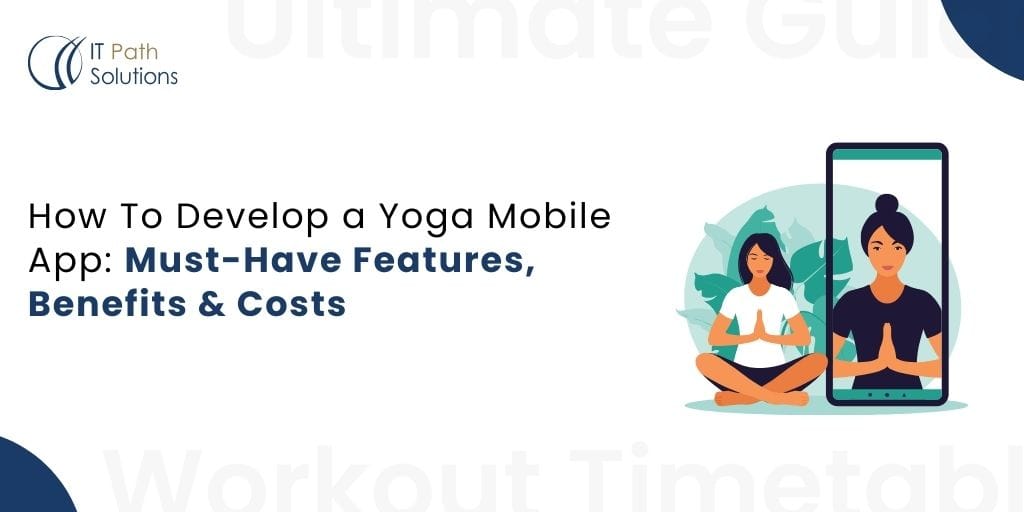The 3 Key Things You Should Know About NFT Marketplace Development in 2022

1. What is NFT
NFT sales are projected to reach nearly $10 Billion in 2021. Those unaware of the Blockchain space may wonder what is NFT? NFT which stands for Non-Fungible Token is a non fungible blockchain token which cant be copied or replaced easily. Unlike Blockchain currencies such as Bitcoin which can be copied or replaced easily as each Bitcoin is the same as the other, NFTs are unique and could represent a digital form of pictures, movies text or AI items. All such NFTs are sold on specific NFT marketplaces which have been developed by undertaking NFT marketplace development.
Right now the NFT space is buzzing with digital art trading. Artists are uploading their own unique art creations as NFT and making money through transactions. Colloquially, NFTs have entered the public consciousness as the Blockchain transactions of digital art. Some of the most prominent NFT marketplaces right now are: OpenSea, Rarible, Superfarm.
Fun Fact: The first NFT was created in …..
2014.

2. How An NFT Marketplace Works
NFT marketplaces allow sellers to sell their digital products and the buyers can buy these products using Blockchain currencies such as Bitcoin & Ethereum.
Once someone buys an NFT, they get a token which contains information about the product, its creator and the ownership.
NFTs work with smart contracts and token standards. Smart contracts are self-executing which contain all the information about the buyer, product and the ownership of the product. Smart contracts are generated when a successful transaction takes place.
To explain a bit more on the tokens, these tokens are driven by certain standards that help secure, authenticate and standardize NFT data across the entire marketplace. There are two major standards in use today:
- ERC721: Which stands for Ethereum Request for Comment 721, all of the tokens will be unique and have some unique and identifiable global values. Values such as the pair contract address, uint256 tokenId must be globally unique. This standard token is completely transferable.
- ERC1155: The IDs can categorize a class of assets and transfer it to the new owner when needed. Developers can easily setup a transferFrom that will transfer NFTs in groups as an asset and not as an individual contract.

Metadata Utilization by NFT Marketplaces
Token standards alone can’t categorize the NFTs, their unique properties and ownership. This is where metadata comes in which can be recalled with a function ownerOf. This will allow a user or NFT marketplace to learn the ownership details and unique characteristics that are attributed to that token. Metadata is more descriptive than just token standards.
Legal Requirements For Launching NFT Marketplace:
Company formation: A proper paper trail for forming and registering the company with all the local and national applicable laws and tax information.
Terms of service: Clearly define the terms of service for your marketplace and what are you going to offer to the buyers and sellers.
Community Standards: To make the marketplace acceptable and welcoming to all, you can set clearly defined community standards that are applicable to all users and prohibit harmful actions, behaviors.
Privacy policy: Clearly define the privacy policy and what kind of privacy protections the users can expect from your marketplace platform.
Intellectual Property: Clearly define the IP ownership and the terms and limits of its transfer and whether the marketplace will have any say in the IP of the NFT.
How NFT Marketplaces Work?
NFT marketplaces work similarly to marketplaces. The sellers create their profile and upload their digital art and specify the terms of sale.
Sellers can either create a bidding auction or sell it at a fixed price. Once the item is sold both the seller and buyer are notified and a smart contract is created identifying both the buyer and seller and the product is moved from the marketplace to the buyer’s account, unless its an item that can be resold. The transaction will reflect in the seller and buyer’s crypto account.

3. Main Features for Successful NFT Marketplace Development
Main Page: The main page will provide all the activities and updates happening in the app. It will function similarly to the main page of major eCommerce apps. All the latest bids and deals on offer will be available on the main page.
Search Function: User can search for information such as author, type of NFT and type of digital art so that they can search and buy the NFT they would like to buy.
BlockChain Integration: The type of BlockChain technology you want to use for the app such as Ethreum, Ripple and others. You need to select the right technology for your app and integrate it.
Minting: Since the sellers are the main part of the platform, sellers should be able to register and create a listing with all the necessary NFT details and quick uploads of their digital art or item to be sold after linking the wallet. Scarcity, uniqueness and locks on the uploaded item can be placed by the user if he so wishes. This might help the user earn more upfront price or earn royalty if the item is not going to be completely unique.
Auction: You need to provide the seller to create auctions and the different type of auctions such as:
Dutch Auction: Buying and selling should happen within a specified price range. Sellers start at the top price and try to negotiate to a lower but acceptable price.
Traditional Auction: The highest bid gets the product.
Sealed Bid Auction: All bids are submitted anonymously and only the seller knows the price and not the other bidders.
Filtering Options: Alongwith search, filtering such as recently listed, by price, about to expire, most viewed, highest last sale can be added for a better user experience.
Bundling NFTs: Both buyers and sellers are now opting for bundles in many cases. Marketplaces that allow bundling of NFTs are gaining more traction these days, so a new marketplace should have this feature.
New Launches: A separate section for new launches so that users can place fresh bids before others.
Ranking: A ranking of the top NFTs by volume of interest, bids, price and category can help the users know which NFTs they can buy.
Recommendation: The marketplace can recommend NFTs based on user interactions with the app or based on general trends. This can also be a way to monetize the app as the marketplace can charge the seller for recommendation.
Dashboard: Especially for sellers who want to see their selling history, revenue and list of bids and bidders. Buyer side dashboard will show their search and NFT page history, purchases and current and expired bids.
Easy Logins: Provide quick and safe logins, social logins can also be considered.
Payment Gateway: The payment gateway for the marketplace will need to handle both Crypto wallets and traditional banking channels.
Ratings: Ratings of buyers, sellers and listings themselves for a better decision making experience for all parties involved.
Conclusion
Hopefully, this article will give you a good idea about developing your own NFT marketplace app. We can help you develop your own NFT marketplace using OpenSea SDK or other SDKs or we can design something that is more custom. Do get in touch with us if you are looking for a custom NFT marketplace development that can integrate your unique business idea.
 Healthcare
Healthcare  Education
Education  Real Estate
Real Estate  Logistic
Logistic  Themes
Themes
 Plugins
Plugins
 Patterns
Patterns





